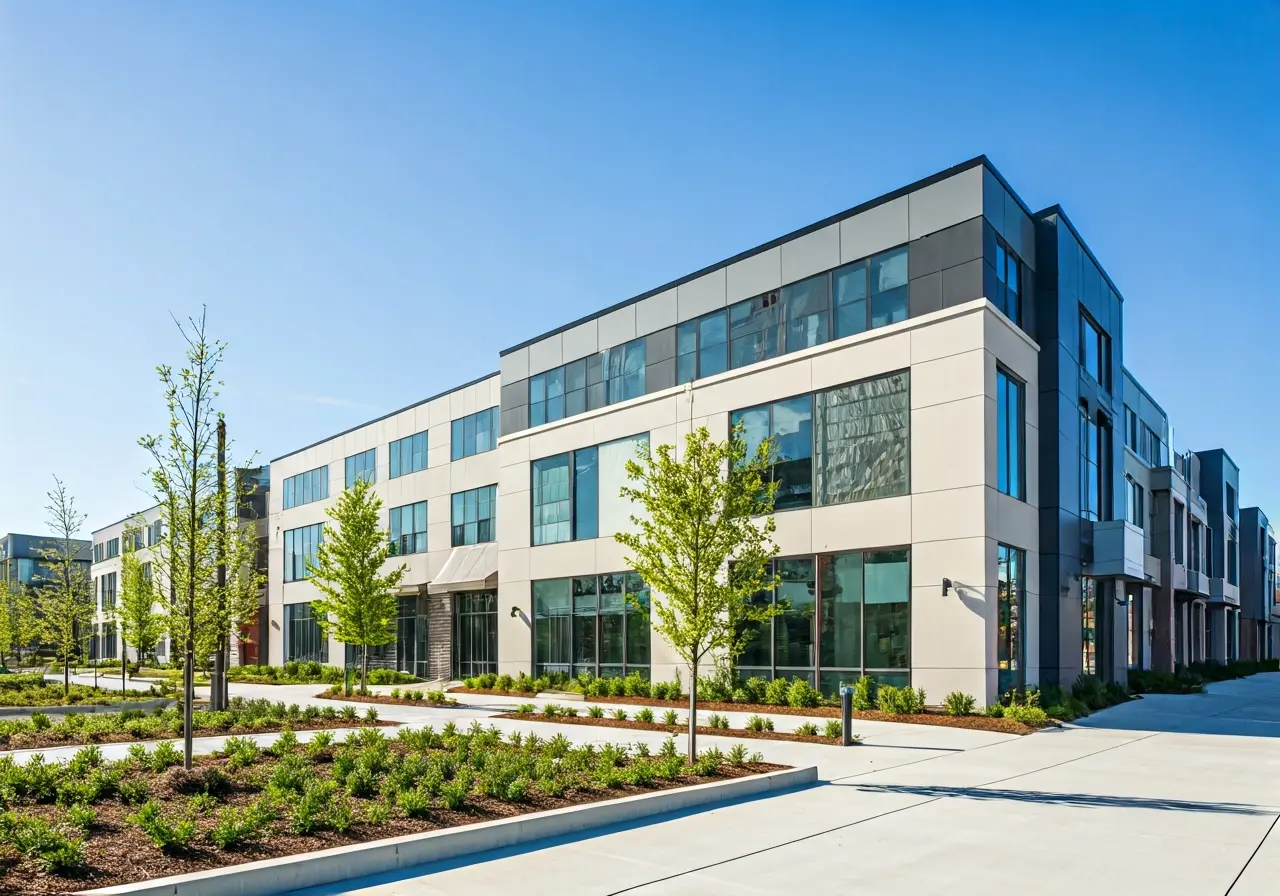New ideas and technology, coupled with traditional marketing and branding commitment, will help retailers hurdle the challenges of this new industry stage.
It is not the strongest that survive, but the one more responsive to change, it’s been said. Retailers were already dealt with a ton of change pre-pandemic, including the rise of e-commerce and the “death” of malls, but they had to rise again to a very unique challenge.
“To say the least, retailers have navigated a lifetime’s worth of change over the past two years,” wrote Amit Mathradas, president and COO of Avalara, in Forbes. “All of that change has prompted many to reinvent themselves and establish operations fit for a digital-based, omnichannel world.”
Yes, during the pandemic, consumers relied on e-commerce, but now that they’ve returned back to stores and restaurants they’re not leaving behind their digital shopping expectations. Customers want the best of both worlds. Here are the obstacles for retailers to avoid, according to Mathradas, when serving that new reality and providing “delivery options and multichannel shopping experiences so that consumers can shop when they want, where they want”:
Competition for Talent
Retail, of course, is not immune from the very tight labor market.
Forbes cited a 2021 survey that found that 94% of retailers were struggling to fill empty positions. To make matters worse, retailers need not only better talent but a bigger range of it to execute their ever-growing omnichannel businesses.
Vince Vitti, infinitee’s recruitment marketing guru who said “I have never seen a job market like I see today,” shared key strategies on the critical recruitment marketing front.
Supply Chain Disruption
Anybody who’s waited to find a new car for purchase or been surprised by the related soaring prices on the used car market knows about supply chain pains. Labor shortages, inflation, shipping delays, and demand peaks all play a part in the logistical logjam. On one hand, omnichannel means retailers can source from new or expanded supply chains — with larger companies that “can afford to pay for entire cargo ships and even planes to receive materials quicker” holding a sourcing advantage — but on the other, it also increases the potential impact that supply chain delays can have on business operations, according to Mathradas.
Cross-Channel Complexity
Omnichannel isn’t an “easy button”; it comes with complexities. Forbes uses the example of a retailer expanding into online marketplaces and having to navigate the complex shipping and tax requirements, such as the 45 U.S. states that require remote sellers to collect and pay sales tax based on customer location.
Mathradas asserts that a good deal of the omnichannel complexity is found at checkout and in “the backend technology infrastructure.” The more channels, the more demands on backend systems to keep business processes in sync, from inventory management to customer support.
The old saying “you can’t be in two places at the same time” is about as retail-relevant as a Blockbuster Video store. A sound omnichannel strategy will help your business cover all your bases, but the latest “retail restart” does come with the aforementioned obstacles.
“We’ll be here to assist in this new, exciting retail stage, of course,” said Marcia Homer, infinitee’s Director of Brand Management. “infinitee continues to mix the old like personal connection and the new, such as the latest digital strategies, knowing that the more things change with tech and data and omnichannel, the more they stay the same – like customer experience and the power of a good story.”

.jpg)
